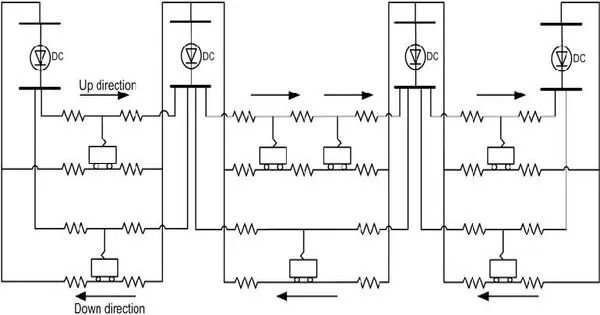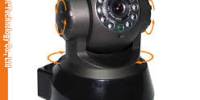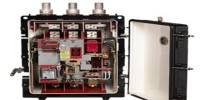A traction network, also known as a traction power network, is an electricity grid that provides power to electrified rail networks. A separate traction network is often installed only if the railway in question uses alternating current (AC) at a lower frequency than the national grid, as is the case in Germany, Austria, and Switzerland.
Alternatively, the power grid’s three-phase alternating current can be transformed in substations to the voltage and current type required by the trains using rotary transformers or static inverters. This system is always used for trains that run on direct current (DC), as well as railways that run on single-phase AC with a lower frequency, such as those in Mecklenburg-Western Pomerania, Saxony-Anhalt, Norway, and Sweden. In these areas there are no traction current networks. This network typically consists of power generation stations, substations, overhead wires, and third rails, depending on the type of system used.
- Power Generation Stations: These stations produce the electricity needed to power the vehicles. They can use various sources such as coal, natural gas, nuclear energy, or renewable sources like hydroelectric, wind, or solar power.
- Substations: Substations are intermediate points in the traction power network that receive electricity from the power generation stations and step down the voltage to levels suitable for distribution to the overhead wires or third rails.
- Overhead Wires: Overhead wires, also known as catenaries, are commonly used in electrified rail systems. They supply power to trains through pantographs mounted on the roofs of the vehicles. The pantograph collects electricity from the overhead wires to power the train’s motors.
- Third Rails: Some rail systems replace overhead cables with a third rail. The third rail normally runs alongside the track and powers the train via contact or pickup shoes installed on the undercarriage.
- Distribution Network: The distribution network is made up of cables, transformers, and other equipment that transports energy from substations to overhead wires and third rails.
Overall, the traction power network is critical to the operation of electrically powered transportation systems, providing environmental benefits and, in many cases, better performance than traditional diesel or steam-driven vehicles.
















